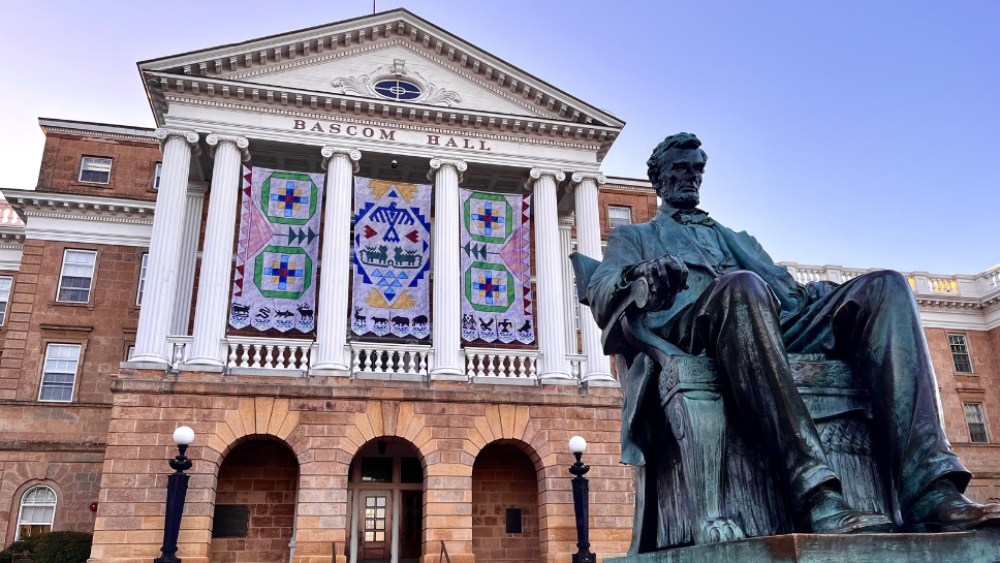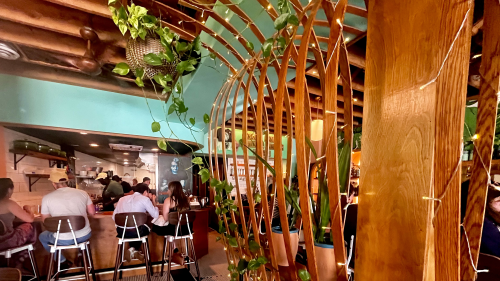The UW-Madison campus is a great one. Since the school’s founding in 1848 its greatness has been built upon time and again.
Interested in a self-guided walking tour? Here are some of the school’s most iconic buildings:”:
Agricultural Bulletin Building
Built in 1899, the building was used as the agricultural college’s heating plant and machine shop, later becoming a storage and mailing facility for the Agricultural Bulletin, a unit that printed and distributed the college’s publications.
Agricultural Dean’s Residence
The Victorian Gothic mansion, constructed in 1896, sits in the Allen Centennial Garden. Now on the National Register of Historic Places, the mansion housed deans of agriculture for 90 years.
Bascom Hall
Designed by Indianapolis architect William Tinsley in the Italian Renaissance Revival style, Bascom Hall was the university’s third major building built. Constructed in 1857, the cost caused the university financial distress for years. It now houses the offices of the chancellor and vice chancellors.
Carillon Tower
Designed by Warren Laird and Paul Philippe Cret, the tower was erected in 1936. There are 56 bronze bells inside which play songs like “On, Wisconsin!” regularly.
Memorial Library
The library, when it was built in 1953, was the state’s biggest building project since the Wisconsin Capitol in 1917. Housing over 3.5 million volumes, the library is home to some of the quietest places in Madison.
Memorial Union
Constructed in 1928, and designed by Arthur Peabody, the building is consistently named one of the most beautiful student union buildings in the United States. The terrace might have something to do with that.
Music Hall
Called many things over the years (Assembly Hall, Library Hall), Music Hall was built in 1879. The building’s good acoustics made it a fine venue for lectures (John Kennedy, Frank Lloyd Wright, Aaron Copland) and music performances.
North Hall
The oldest structure at the university, North Hall, designed by John Rague, was built in 1851 in the Greek Revival style. Listed as a National Historic Landmark, naturalist John Muir resided there when he was a student from 1860 to 1863.
Porter Boathouse
The three-story boathouse for the men’s and women’s rowing teams is a 52,000-sqft facility with space to store more than 100 boats, along with repair facilities, exercise areas, locker rooms, and offices. Did you know Frank Lloyd Wright nearly built UW-Madison a boathouse?
Red Gym
The imposing Romanesque Revival gymnasium and armory was built in 1894. It has held military offices, artillery drill rooms, bowling alleys, a swimming tank, rifle ranges. The Red Gym also held the likes of William McKinley, William Jennings Bryan, and Upton Sinclair, who gave speeches there.
Science Hall
Constructed in 1888, this National Historic Landmark was designed by Milwaukee architect Henry Koch (who also designed Milwaukee’s City Hall). Due to the work of academic Charles Van Hise, the school housed the first American courses in engineering geology, sedimentation, and oceanography.
Washburn Observatory
Named after Wisconsin Governor Cadwallader Washburn, the 1881 Italianate edifice held the third-largest telescope in the United States when it opened. The ideas of dwarf and giant stars originated at the observatory.
Wisconsin Historical Society Headquarters
Free and open to the public, the library’s reading can be viewed from an observation deck above it. Fun fact: The society’s newspaper collection is the second largest in the US after the Library of Congress.
Buildings yet to come
Several campus buildings are currently under construction:
























